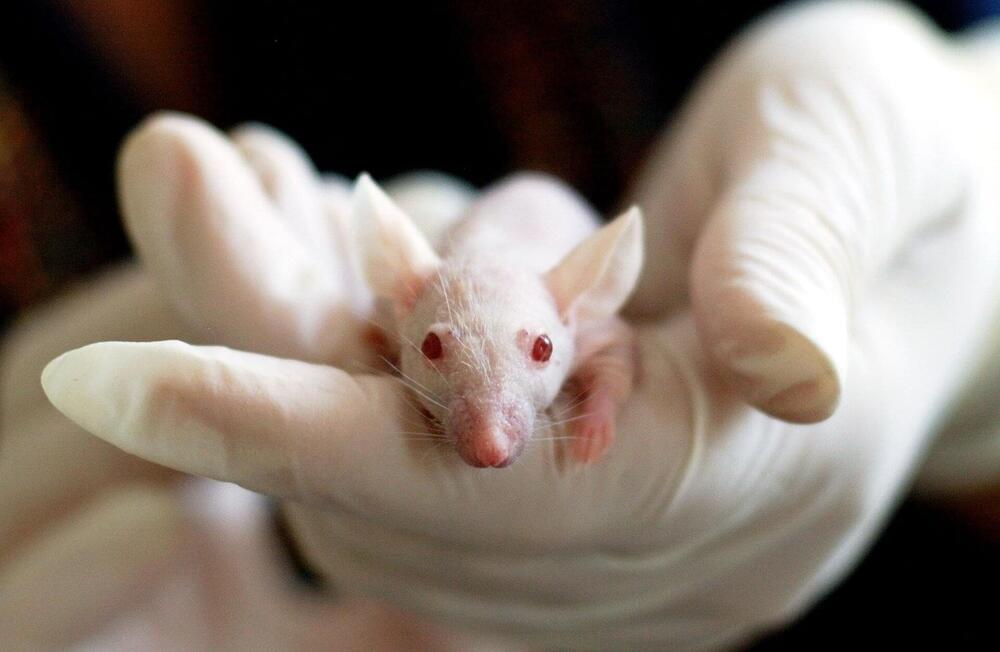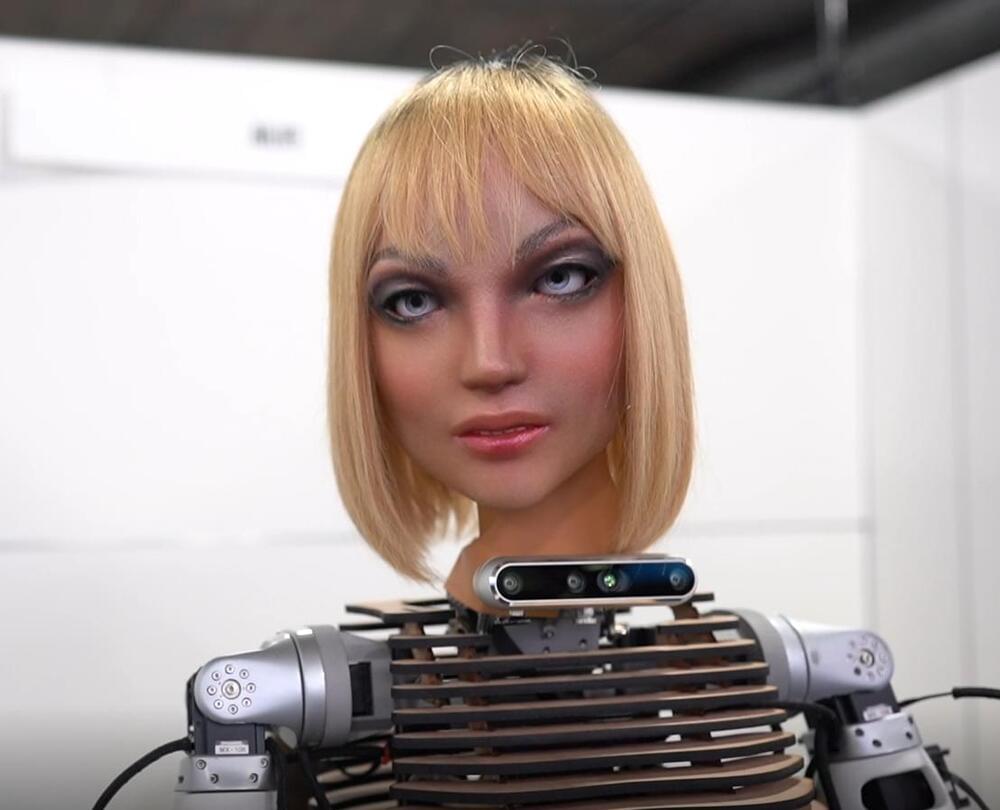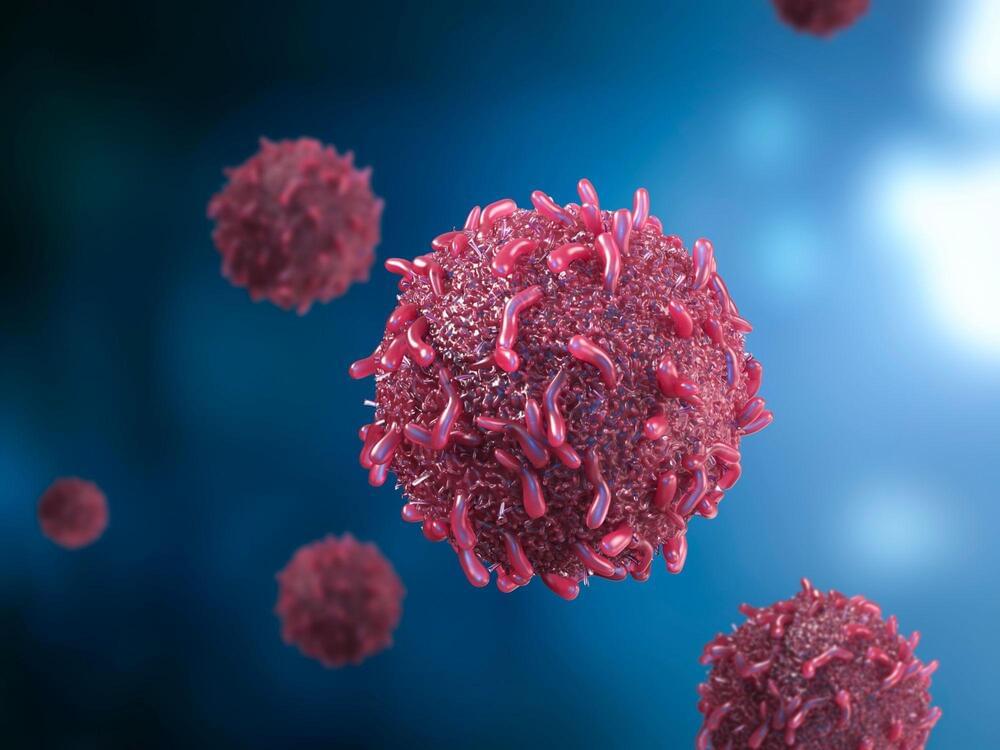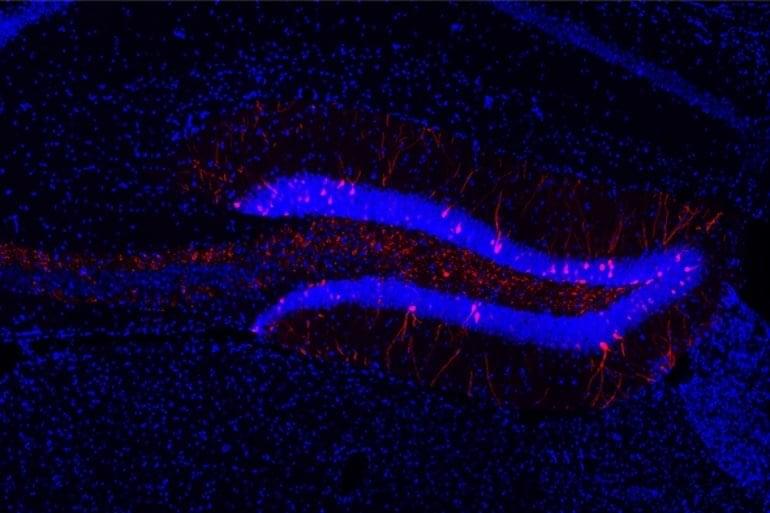A variety of healthy eating patterns are linked to reduced risk of premature death, according to a new study led by Harvard T.H. Chan School of Public Health researchers. They found that participants who scored high on adherence to at least one of four healthy eating patterns were less likely to die during the study period from any cause and less likely to die from cardiovascular disease, cancer, or respiratory disease, compared with people with lower scores. The findings are consistent with the current Dietary Guidelines for America, which recommend multiple healthy eating patterns.
“The Dietary Guidelines for Americans are intended to provide science-based dietary advice that promotes good health and reduces major chronic diseases. Thus, it is critical to examine the associations between DGAs-recommended dietary patterns and long-term health outcomes, especially mortality,” said corresponding author Frank Hu, Fredrick J. Stare Professor of Nutrition and Epidemiology and chair of the Department of Nutrition.
The study will be published online January 9, 2023, in JAMA Internal Medicine.






